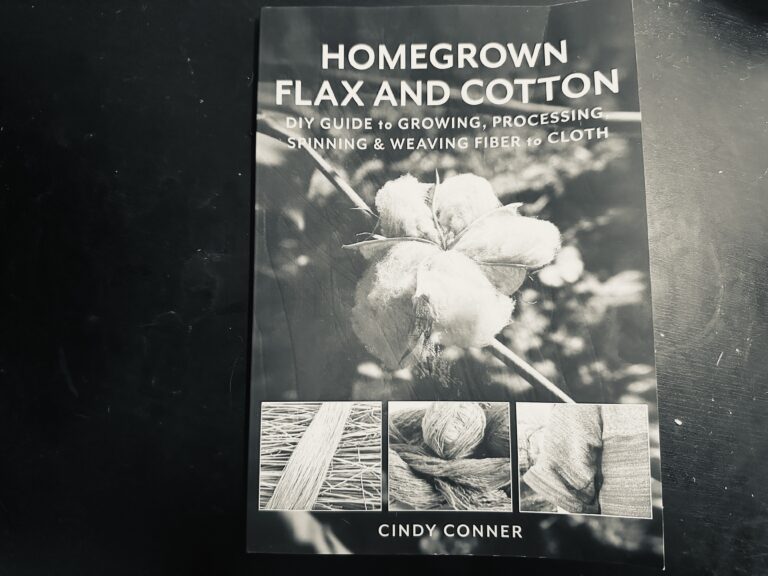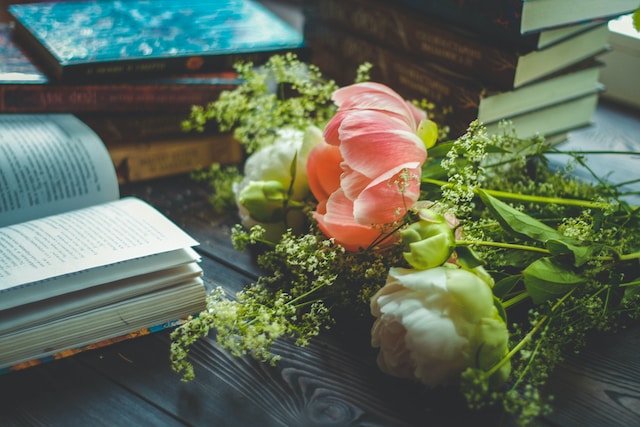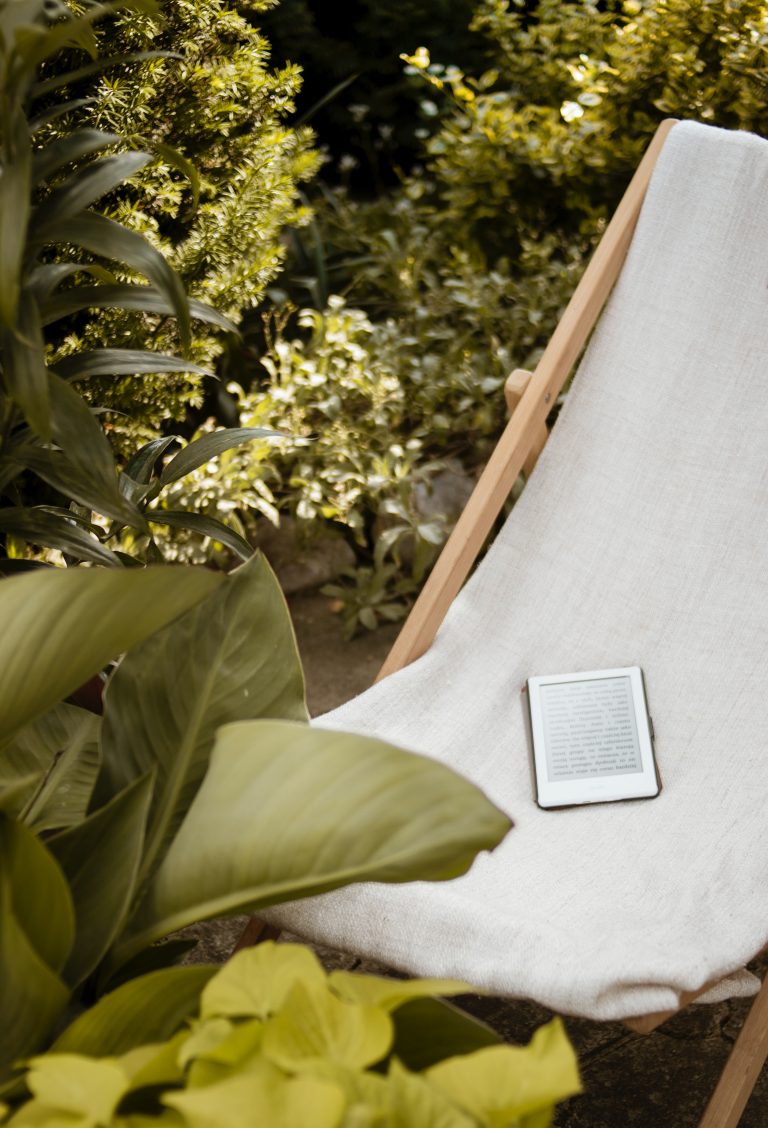Every once in a while, I get to marry multiple interests. For example, I have long loved crochet and believe in the slow yarn movement. Every now and then, I can combine that with gardening. I shared a bit of that with you when I did a book review of A Garden to Dye For….
garden books
13 Gardening Books on My To Be Read Shelf
I love my local library. In fact, I get pleasure not just from going to the library and reading the books I get there but also from the process of looking through their catalog regularly and adding books to my “for later shelf.” There’s something satisfying about even just learning about which books are out…
Gardens, Books, and Legacies
Gardening wasn’t a hobby in my mother’s family. Instead, it was essential to their lives. In the 1950s and 60s in rural Arkansas, the garden was their only source of fruits and vegetables. And when they wanted something different, they bartered their oversupply with their neighbors. As the decades passed, my grandmother’s life changed dramatically….
Gardening Books On My Library Want Shelf
I have a confession. One of my favorite weird pastimes is going through all of the new books available at the library and placing any that I might read on my “For Later” shelf. I do this weekly. And I admit that there are more books on the shelves than I could ever actually read….
7 Free Gardening Ebooks You Can Download Right Now
I’m a huge fan of ebooks. I’m so into them that I actually have TWO e-readers! One for my library books and another for advanced reader copies (ARCs). Many people out there are willing to share their gardening knowledge. These free gardening ebooks are an excellent choice for frugal gardeners, people new to gardening,…



